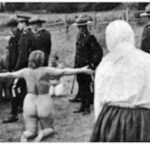
The Freedomite movement consists of a split-off of the Doukhobors, a community of Spiritual Christians began a mass migration from Russia to Canada in 1898. The Freedomite movement first appeared in 1902 in Saskatchewan, and later in the Kootenay and Boundary Districts of British Columbia.
Freedomites began to divide from Doukhobors in 1902 in Saskatchewan, Canada, self-named as “God’s people” and Svobodniki (Russian: “sovereign people”). The faction, later called “Freedomites”, opposed land ownership, public schools, using work animals, etc. and are mainly known for protesting nude. By 1920 the common English term for them became Sons of Freedom.
Of about 20,000 active Doukhobors in Canada today, ancestors of about 2,500 were Freedomites, and many descendants have joined the USCC Community Doukhobors.
Doctrine
Freedomite meetings were similar to other spiritual Christian folk-Protestants from Russia. They met in simple buildings, sat on benches, prayed in Russian, sang religious hymns and songs in Russian, and spoke about matters of religious and community interest mostly in Russian.
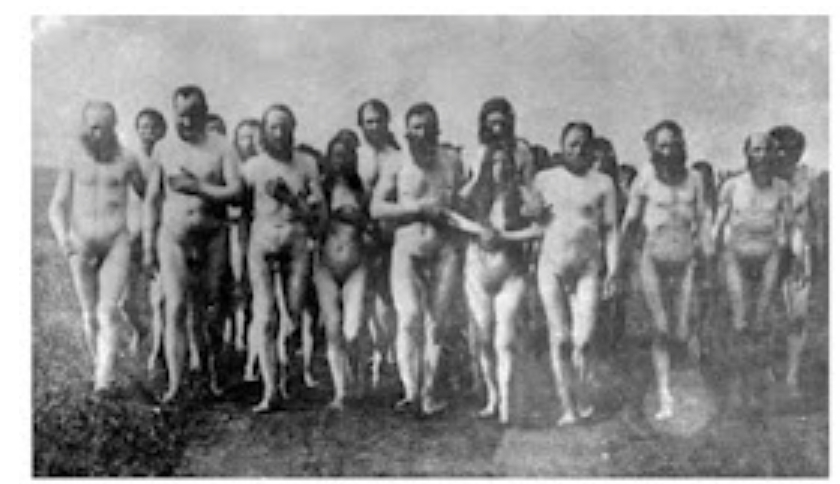
The ideals of the Freedomites emphasized basic traditional Russian communal living and action — growing food, building homes, living a peaceful rural life, ecstatic religious doctrine when agitated for protest, and anarchic attitudes towards external regulation.
Freedomites are strict vegetarians and oppose all government regulation.
Public protest
Although Canada at first provided a more tolerant religious environment than the Russian Empire, conflict soon developed, most importantly over the schooling of children and land registration. These Svobodniki generally refused to send their children to government-run schools.

The governments of Saskatchewan and later British Columbia did not heed reports by sociologists to appease the concerns of parents, and chose to legally charge many of the parents for not sending the children to school.
The Svobodniki became famous for various public protests—sometimes publicly burning their own money and possessions and parading nude in public. There was a doctrinal justification for nudity: that human skin, as God’s creation, was more perfect than clothes, the imperfect work of human hands. This public nudity has generally been interpreted as a form of protest against the materialist tendencies of society.
Nudity is sometimes used as a tactic during a protest to attract media and public attention to a cause. Public nudity is used widely around the world today, with groups like the Ukrainian feminist activist group FEMEN, and the animal rights organization PETA.
A small minority of the Freedomites were noted for their arson campaigns, as a protest against materialistic life. They targeted belongings and other material possessions. The attacks occurred throughout the 20th century, but the periods of greatest activity were during the 1920s and 1960s. Both arson and bombing were used. The first use of explosives occurred in 1923, and two were killed by their own bombs in 1958 and 1962.
Targets included their own property and unfortunate Doukhobor neighbors to further exhibit their loathing of materialism, attacks on schools to resist government pressure to school Svobodnik children, and attacks on transportation and communications. One such incident was the bombing of a railway bridge in Nelson, British Columbia in 1961. Most of these acts were committed in the nude.
Among the reactions of the British Columbia and Canadian government was taking away Freedomite children and placing them in an internment center in New Denver. Abuse of these children was later alleged, and a formal apology demanded. The BC government made an official Statement of Regret that satisfied some, but not others.
The Government of Canada has not apologized for its role in the removal, saying that it is not responsible for actions taken by the government in place 50 years ago.
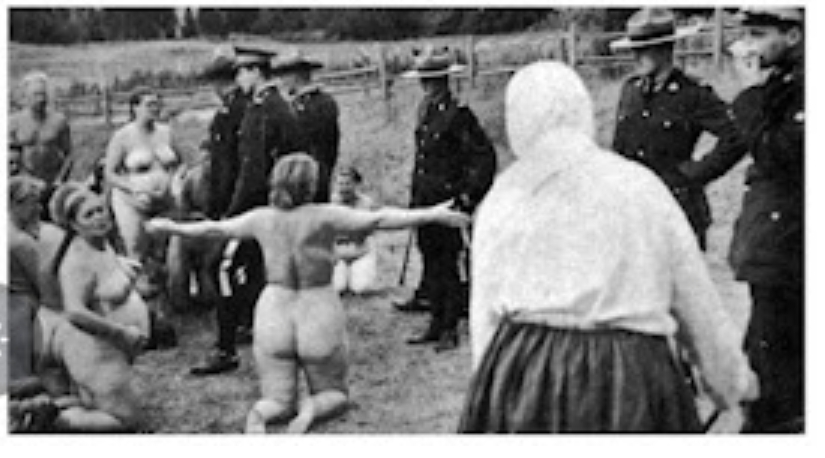
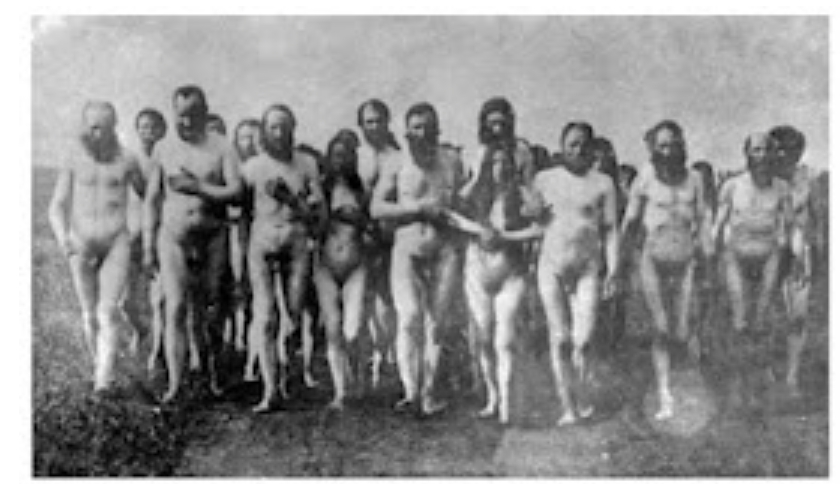
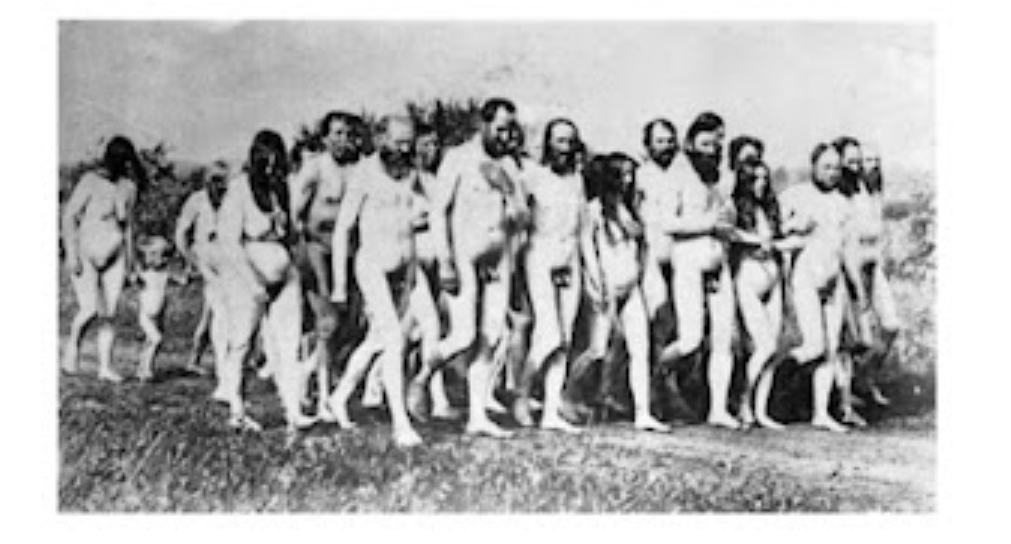
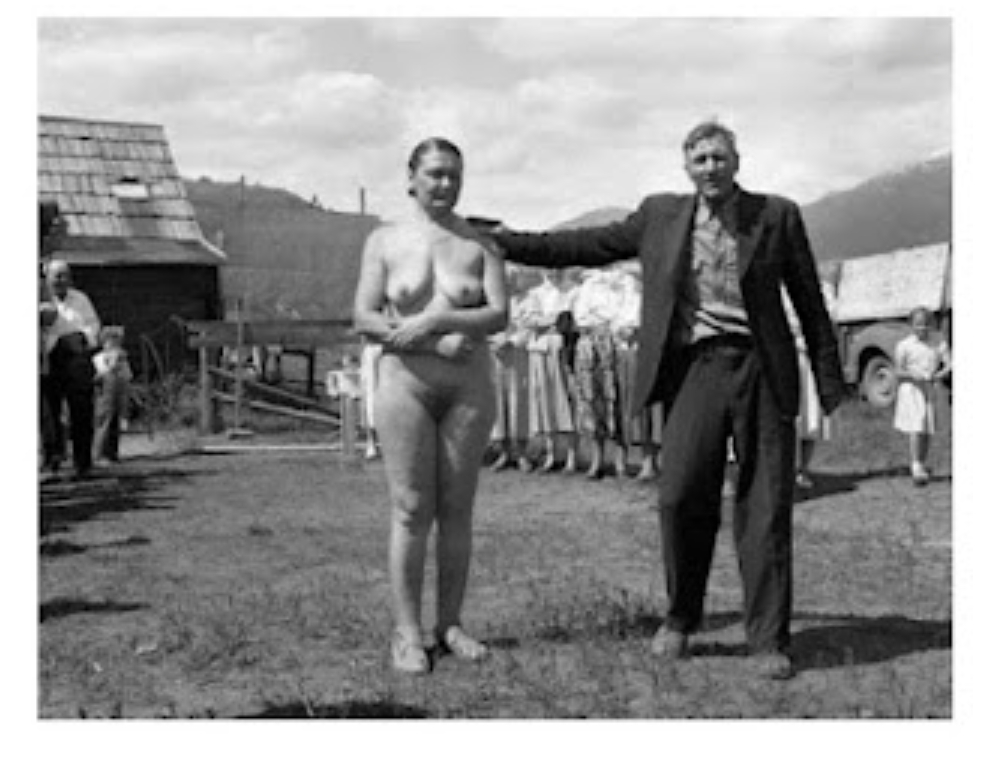










Leave a Reply